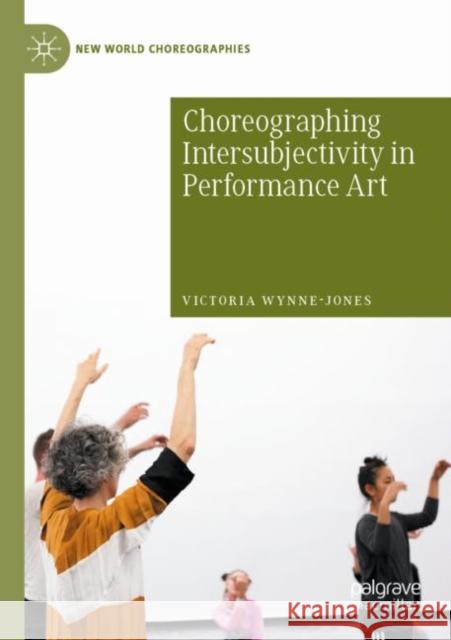Choreographing Intersubjectivity in Performance Art » książka
topmenu
Choreographing Intersubjectivity in Performance Art
ISBN-13: 9783030405878 / Angielski / Miękka / 2022
Choreographing Intersubjectivity in Performance Art
ISBN-13: 9783030405878 / Angielski / Miękka / 2022
cena 442,79
(netto: 421,70 VAT: 5%)
Najniższa cena z 30 dni: 424,07
(netto: 421,70 VAT: 5%)
Najniższa cena z 30 dni: 424,07
Termin realizacji zamówienia:
ok. 22 dni roboczych.
ok. 22 dni roboczych.
Darmowa dostawa!
This book offers new ways of thinking about dance-related artworks that have taken place in galleries, museums and biennales over the past two decades as part of the choreographic turn. It focuses on the concept of intersubjectivity and theorises about what happens when subjects meet within a performance artwork. The resulting relations are crucial to instances of performance art in which embodied subjects engage as spectators, participants and performers in orchestrated art events.
Choreographing Intersubjectivity in Performance Art deploys a multi-disciplinary approach across dance choreography and evolving manifestations of performance art. An innovative, overarching concept of choreography sustains the idea that intersubjectivity evolves through places, spaces, performance and spectatorship. Drawing upon international examples, the book introduces readers to performance art from the South Pacific and the complexities of de-colonising choreography. Artists Tino Sehgal, Xavier Le Roy, Jordan Wolfson, Alicia Frankovich and Shigeyuki Kihara are discussed.











